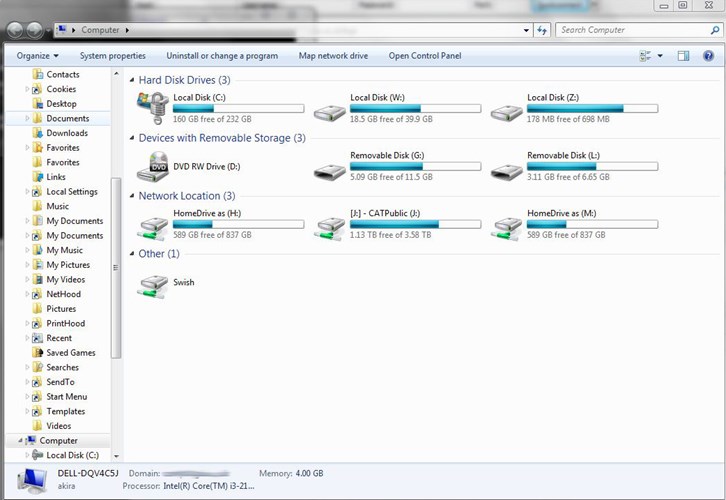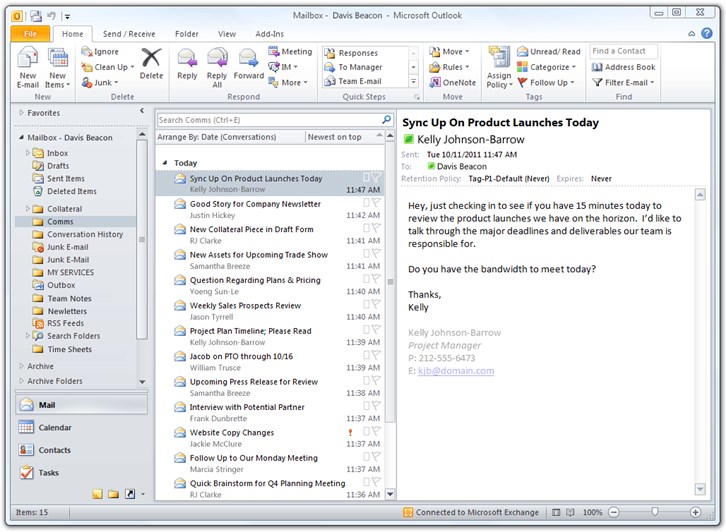
You hear a lot about enterprise collaboration tools these days, but what does “collaboration” actually mean in an organization? Few would deny that improving collaboration and productivity would be categorically good for business. But it’s precisely because “collaboration” is so hard to measure that it’s difficult to recognize the tools that enable or impede it.
I think we can agree, however, that:
• When you gather in a conference room for an intense brainstorming session, you’re collaborating
• When you start a discussion by sending an email to your team with an Excel file attached, you’re collaborating
• When a colleague accidentally deletes your PowerPoint deck on the shared network drive, you’re… having a late night in the office
In this blog, let’s briefly review the importance of enterprise collaboration and the modern tools that genuinely help you achieve your goals, whether you’re on the IT or business side.
Why efficient collaboration is critical
Let’s take a second to review how most people collaborate around content like documents or presentations.
Here are your local and network drives; this is where your files probably hang out during the work week.
Here is your inbox; this is where you derive the majority of your stress and communicate around shared content.
What happens when you smash those two processes together to try and collaborate? Multiple file attachments emailed back and forth, comments that overlap and are not stored in one central place, and constant interruptions to your workflow through the cascade of emails. It’s just the way we’ve been doing it for years, yet we don’t often reflect on how inefficient it is, because it’s comfortable and familiar to us.
Or maybe you use another legacy collaboration tool like SharePoint? Like most dominant legacy products, it’s been subjected to years of “feature creep” and increasing complexity. However, as with email, SharePoint is a sticky product that plenty of companies have invested large quantities of time and money into, so it isn’t going away anytime soon.
What’s clear is that business users collaborate A LOT during the day. But because it’s nearly impossible to measure the amount of productivity lost searching for old files or to assess the time spent trying to train a new user on SharePoint, it can be difficult to recognize the problem until you have that “Aha! moment.”
The collaboration tools your company should be using
That “Aha! moment” is a poignant one. Remember when you first played with an iPhone? The design was so strikingly simple, yet at the same time you felt considerably more empowered with it. But that moment only came from experiencing it yourself with your own two hands.
Similarly, many forward-thinking business users are transforming their workflow through simple, yet powerful content collaboration solutions. In addition to providing a more agile file management solution, these tools recognize that your inbox shouldn’t serve as your to-do list for work. Instead, an intelligent dashboard that surfaces relevant files, deadlines, and communications around content is proving to be a more efficient way to work. With these cloud-based products becoming the norm, many users have now bypassed IT to implement their own software — and according to a recent IDC survey, 61% of enterprise technology projects are not financed by IT.
Meanwhile, savvy CIOs see themselves as more than just cost centers and service providers and are actively looking at new collaboration tools to delight the business users. In addition to the financial benefits of a subscription-based solution, these tools are easily scalable, simple to use, and seamlessly integrated with legacy products like SharePoint and Office. Change management, therefore, becomes a less painful process when your solution is simple, yet familiar to users.
Why should I care about collaboration right now?
If you rely on these legacy solutions to share files, retain knowledge, manage projects, or work on the go, you may feel they are generally good enough to get the job done. What you should consider is that many of your peers are rapidly adopting new solutions that are having an undeniable impact on user productivity while meeting the needs of the evolving IT role. Business-minded CIOs and IT managers are embracing this change and are being rewarded for it.
Companies around the globe are rapidly moving onto solutions like this and are vocal about the benefits, including government organizations like the Department of Defense and the Ministry of Justice. If you’ve made it this far in the blog, sit back and watch this recorded webinar about how social collaboration solutions can transform the way your organization works.







